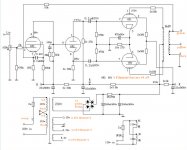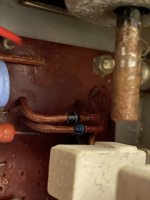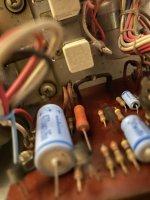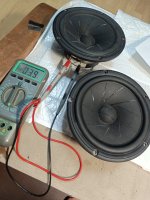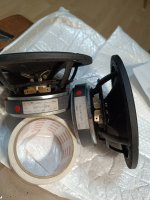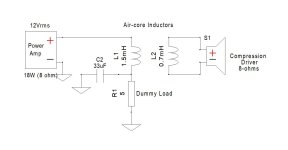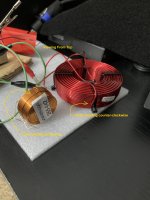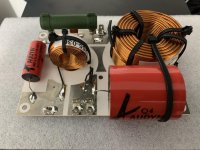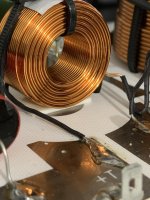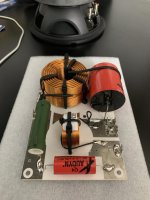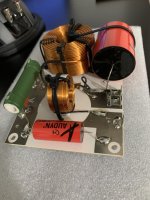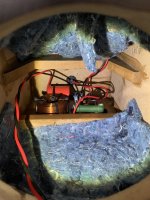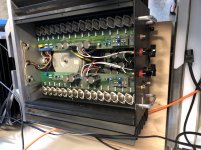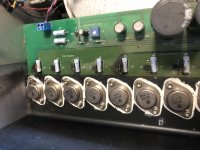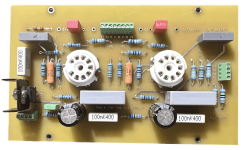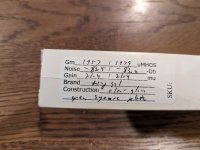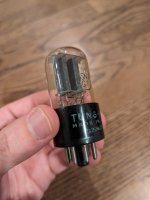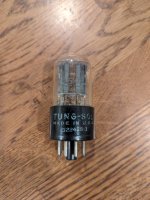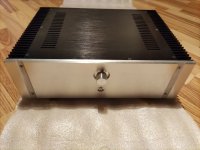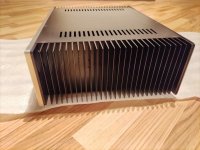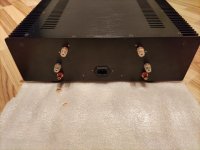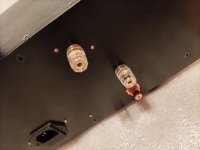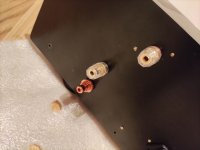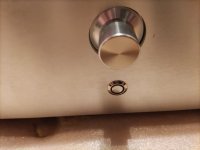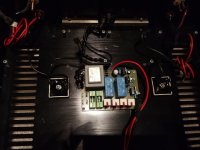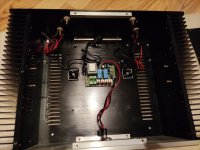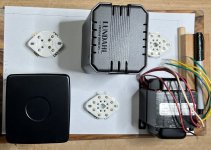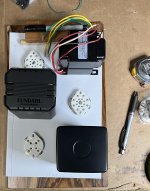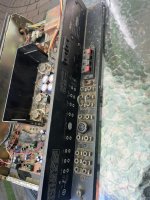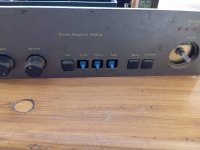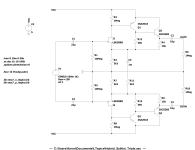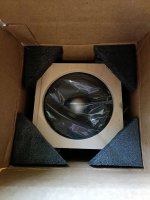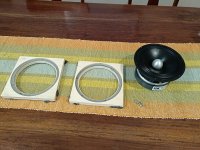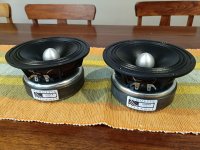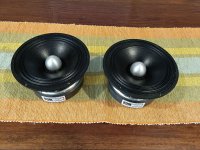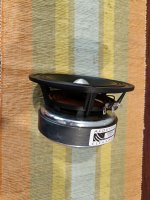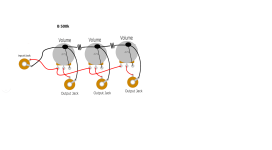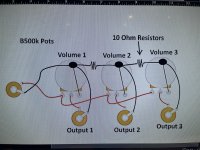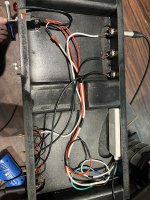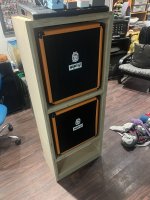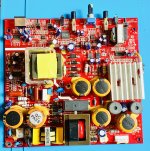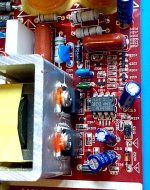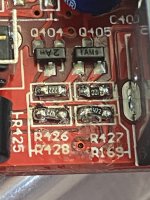I am re-working a xover I built some time back that is for a 3-way design.
My design is essentially this:
https://sound-au.com/project81.htm
While my design is a 3-way, it is literally just a single adaptation of the above. All I have done is taken the signal that comes off the high-pass filter block and fed it back into another 2-way network.
-> The low pass from the initial network goes directly to the low frequency amplifier.
-> The high pass from the initial netowork goes into the SECOND 2-way network
-> The midrange is fed through the SECOND low pass out
-> The tweeter is fed through the SECOND high pass out
All this is done w/ active circuitry - this is NOT a passive crossover.
So now I am wondering how the phase shift is going to play out...
The two outputs from the initial filter are each 90 degrees out-of-phase from the input - so 180 total.
The outputs from the second filter are also each 90 degrees out-of-phase from the output of the first filter. So correct me if I am wrong but...
1) Tweeter and midrange will be 180 out of phase from each-other
2) Midrange and woofer will be 90 out of phase from each other, no?
In the second filter, the midrange is delayed another 90 degrees - bringing it back down to where the original signal
should be - and since the woofer was delayed 90 degrees from the original signal to start, we have a total of 90 degrees difference between woofer and mid - correct?
So there is the first question - am I understanding the phase shift correctly?
Question 2: Is this 90 degree going to be much of an issue? I suppose that the driver VC offsets can affect things much more than this 90 degree offset imposed at the xover.
Question 3: I suppose I could use any arbitrary 1st-order filters back-to-back to provide the 90-degree phase shift needed to bring the woofer back into relative phase with the tween and woofer network, no? Any RC or CR network set that is well above the woofer xover frequency would basically each provide 45 degrees - giving me 90 total.
Now for the one I have been wanting to ask for YEARS....
Question 4: I am not a math junkie and never got anything beyond my high school education in math. So forgive this ignorance but..
I understand how you can delay a signal by 45/90/etc degrees. That makes perfect sense. Energy gets stored in the network and released a tiny fraction of time later - delaying the signal that is output.
But how on earth does the high-pass signal get "moved forward"?!?!?! Forgive me here - but even with advances in quantum mechanics, we have not fully developed time travel in actual practice, so... How can a signal be shifted 90 degrees FORWARD? I am - ovbiously - thinking about this in the time domain. So to shift a signal FORWARD, you have to move the entire time scale BACKWARDS. What am I missing here?
